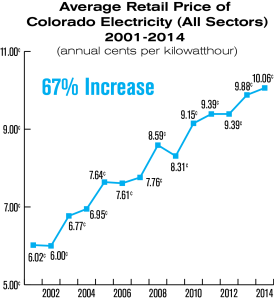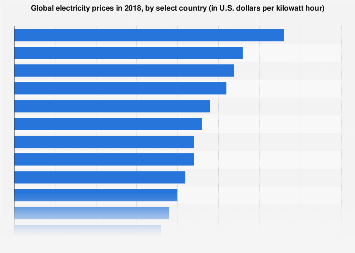The advancement of the power framework from a nearby to the highway and local scopes has generated rivalry. Presently, ease power plants in Illinois, Indiana and Ohio can supply capacity toward the East Coast. The new serious generators (nonutility organizations) should have the option to depend on reasonable and non-discriminatory admittance to the transmission framework to convey their item to any associated market. Thus, with minimal effort, imported power can dislodge significant expense power from close by power plants, as has occurred lately as new Arizona power plants have started to serve clients in California. Sometimes Pulse Power reviews decide the result. New transmission lines can make nearby power showcases more serious. Investigators allude to “transmission obliged regions,” which have just restricted capacity to import power because the transmission framework taking care of into the compelled territory is clogged or as of now is at or near its ability. Such territories can be dependent upon the market power of whatever the power plants inside the obliged territory can charge for power since they face practically no opposition from outside the territory. New transmission lines into the compelled territory can constrain the power generators inside the compelled zone to bring down their costs when they need to rival ease power with new admittance to the region. The transmission framework, at that point, is similar to a thruway framework that empowers a new business in power.
Ordinary power streams between critical districts of the United States

These streams can shift drastically in case of a significant possibility like the startling disappointment of an enormous power plant or electrical cable, for instance. Indeed, even with these advantages, transmission is questionable. Transmission is, obviously, important to convey power to purchasers; it addresses roughly 10% of a client’s absolute electric bill. Assessments proliferate, in any case, with regards to how much transmission is required and where to construct new transmission. The vast majority presumably would lean toward that transmission organizations construct new transmission lines where nobody can see them. Some discover comfort in guaranteeing that plentiful transmission is assembled, while others express worry for “gold plating,” a term proposing more utility speculation than is needed to guarantee unwavering quality.
Payment for the transmission
The significant expenses of transmission, the difficulties of siting, and the rebuilding of industry obligations make it fundamental that administration authorities and industry delegates examine who will assemble and pay for new transmission lines. By and large, they have just two options: 1) creating organizations that form new force plants that should interface with the force network or 2) the directed utilities that right now own most of the transmission network. Once in a while, few “dealers” transmission organizations money and fabricate transmission lines. At the point when power engineer GE Wind constructed a 164 MW wind ranch in southern Colorado, Xcel Energy, a controlled utility, and GE Wind occupied with a definite conversation about who should pay for which parts of the transmission framework. The breeze ranch was around 40 miles from Xcel Energy’s force network and, subsequently, somebody expected to construct another power line to take care of the breeze power into the matrix. Simultaneously, Xcel Energy recognized a few upgrades to its force framework that it felt were essential to perform at that point.

